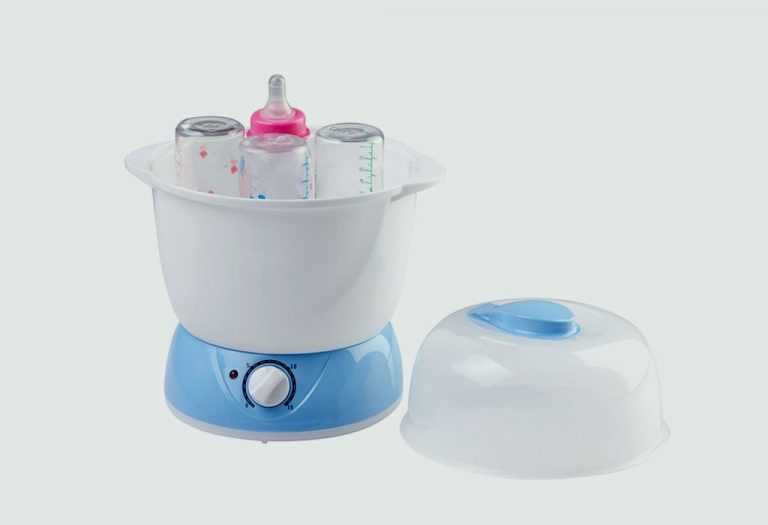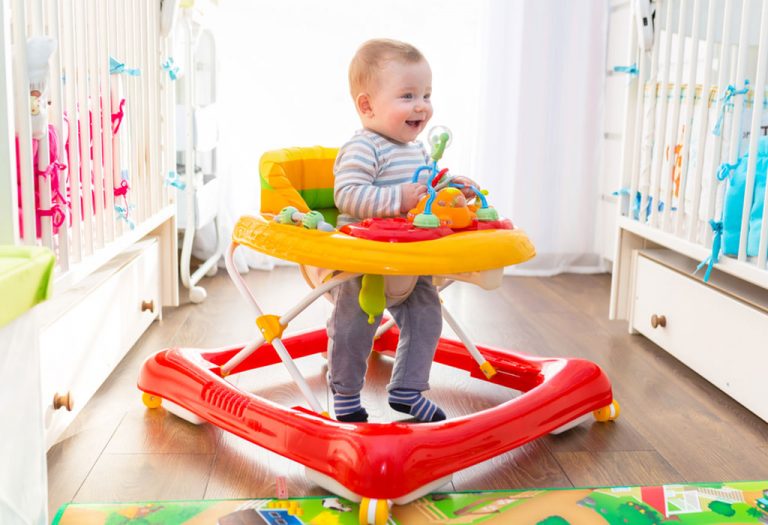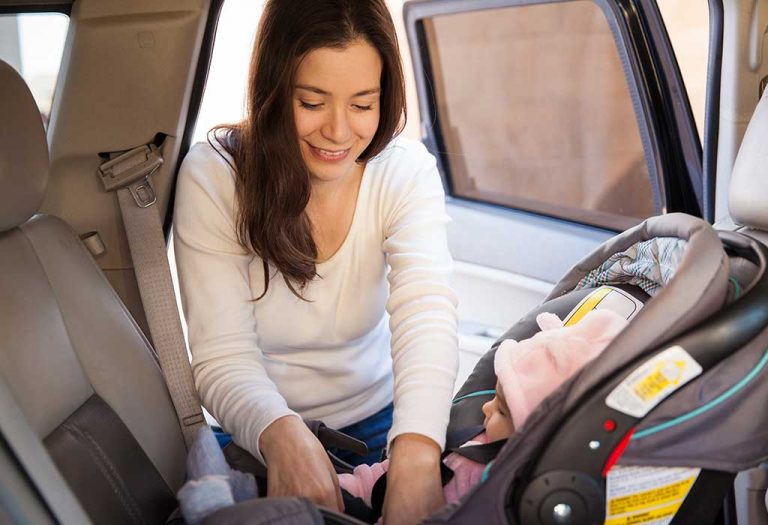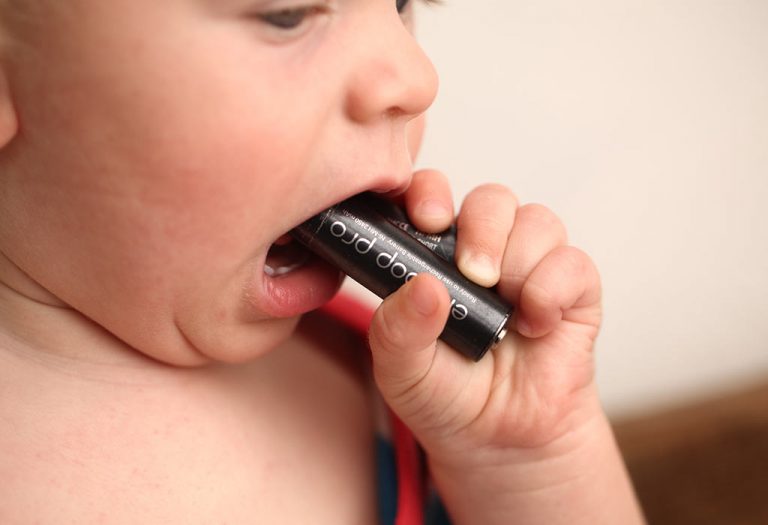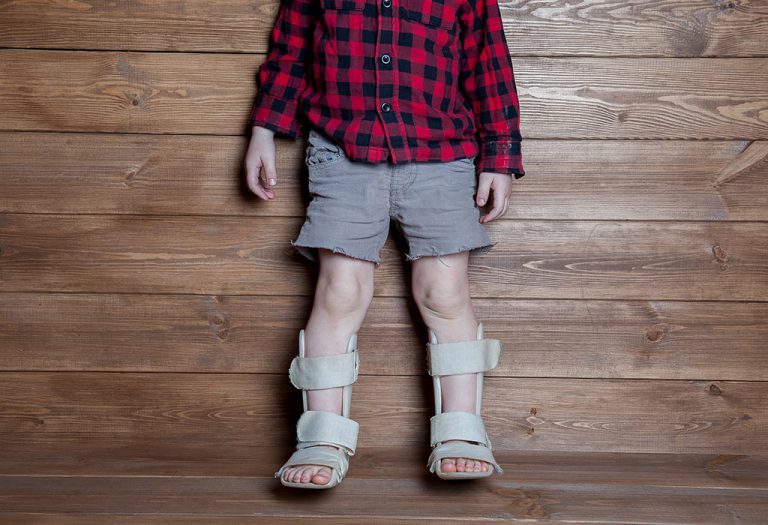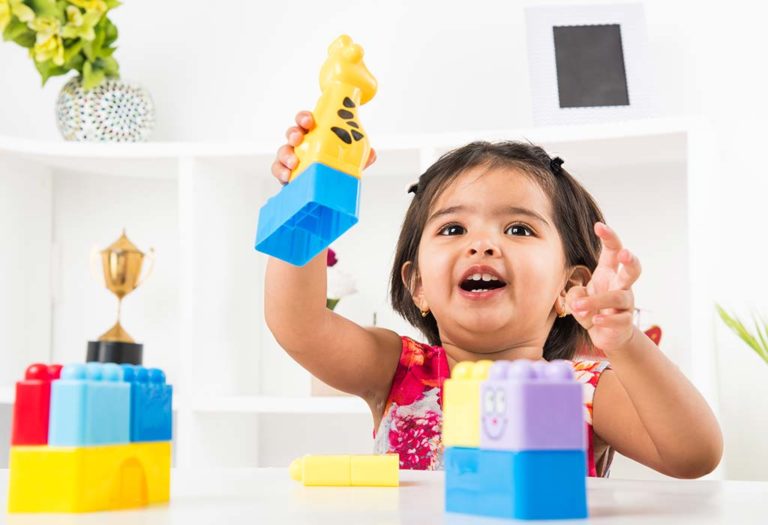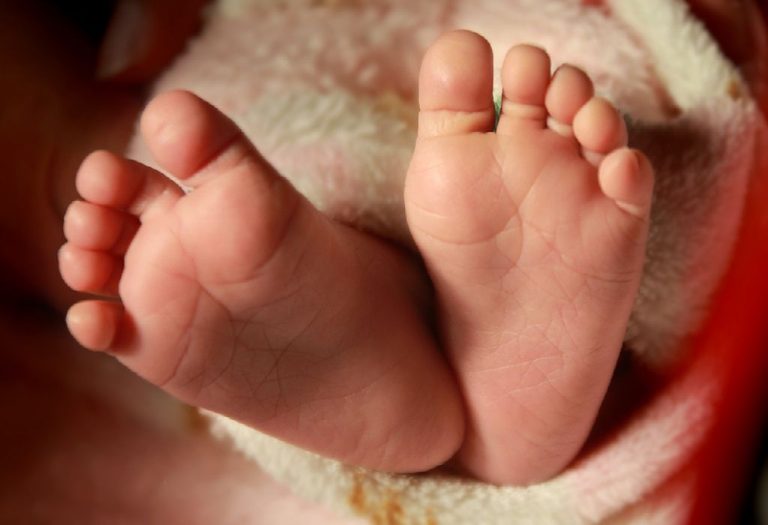How to Sterilize Feeding Bottles?

- Reasons to Sterilise Baby Bottles
- How Often Should You Sterilise Baby Bottles?
- How to Sterilise Baby Bottles
- Methods of Sterilising Baby Bottles
- Points to Remember When Sterilising Baby Bottles
- Safety Tips
- When to Stop Sterilising Baby Bottles
- FAQs
Pregnancy and childbirth is an experience that weaves agony and ecstasy together. Suddenly, you find yourself in charge of a tiny, vulnerable little human being whom you protected until now in your womb. Now, exposed to the outer world, they are vulnerable to many things! Your baby’s immune system develops slowly and needs to be protected from any bacterium and other harmful substances that enter his body. Therefore, anything the child has access to and is likely to put in his mouth must be sterilised. Read this post to learn most things parents should know about sterilising baby bottles.
Reasons to Sterilise Baby Bottles
Babies are vulnerable to the outer environment from the moment they make their entry into this world. Below are some of the reasons why it is important to sterilise baby bottles:
- Harmful microorganisms are deposited on the bottle. If these bacteria and viruses enter your baby’s body, they can lead to vomiting and diarrhoea in your baby. Hence, it is necessary to sterilise bottles before feeding them.
- When a child is born, his store of antibodies is limited to those that have been passed on from his mother during the last three months of pregnancy. This protection wanes in the first few months of his life. Sterilising bottles decreases the chances of any infections.
- The water that you get at home may be contaminated and contain disease-causing microbes. So, you should sterilise bottles without fail (1).
It is crucial that utmost care is taken of what goes into your baby’s mouth, as the mouth is the primary entry point to the body. Sterilisation helps kill these microbes and cleans your bottle thoroughly.
How Often Should You Sterilise Baby Bottles?
Baby bottles have to be sterilised daily to clean them thoroughly and kill any bacteria or viruses growing inside them (2). You must have ample spare bottles, and all of them should be sterilised before use.
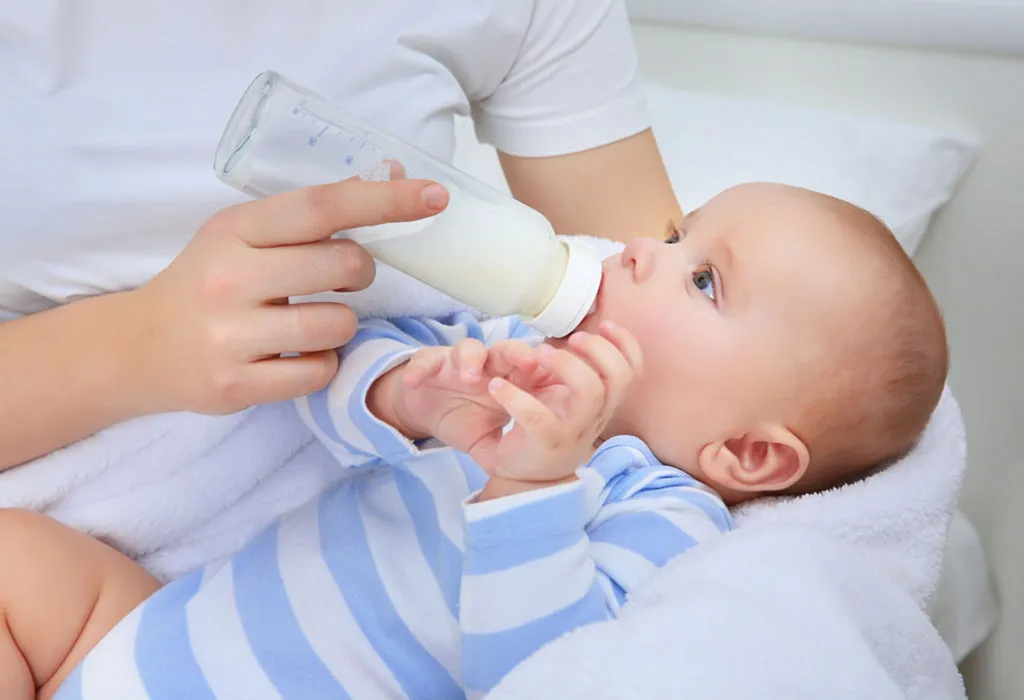
How to Sterilise Baby Bottles
Sterilisation is the process of killing microbes that may be clinging to the surface of bottles, lids, teats, pacifiers, etc. Sterilising baby bottles can be done through methods like boiling, steaming, or even putting the bottle in a microwave or bottle steriliser machine. All the methods above are equally effective, and you can choose your mode of sterilisation based on personal preference and availability.
Methods of Sterilising Baby Bottles
Some of the methods used to sterilise baby bottles include:
1. Boiling
Boiling baby bottles is the most common method of sterilisation used all across the world. It is also the easiest method, and by doing so, you can store breast milk and even formula in a bottle. But you should clean the bottle first. To sterilise a bottle by boiling, follow these steps:
- First, wash the bottles, lids, and nipples. You are going to sterilise them with normal dishwashing soap and rinse them well with clean water.
- Place them in a large saucepan filled with ample water so that all equipment gets fully immersed. Also, it should not have air bubbles.
- Once the water is brought to a boil, keep it rapidly boiling for five minutes. Then, turn off the gas and allow the water to cool down naturally.
- If you are feeding right away, clean your hands and the kitchen surface where you will prepare the bottle, and then take out the bottle. Do not use a cloth to wipe the sterilised items dry, as contaminants will pass from the cloth to the bottle. Just shake the bottle to get rid of dripping water.
- If you are not feeding right away, put all the sterilised equipment in a clean, dry container and place the container in a refrigerator.
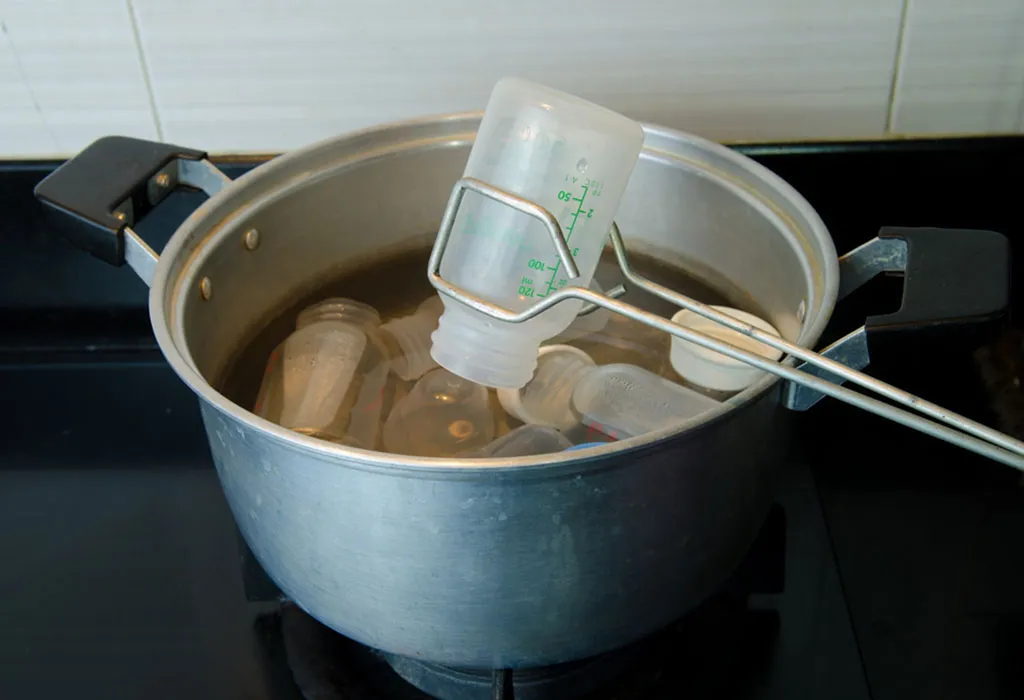
2. Steam Steriliser
Several manufacturers sell steam sterilisers for baby feeding equipment. Similar to boiling, the process uses heat to kill harmful microbes. This option is suitable for parents living in urban apartments and for those who do not use gas stoves. Steam sterilisers can be plugged in and operated with electricity! This is how you should use steam sterilisers:
- Clean the bottles, caps, teats, etc., with soap and hot water before the sterilisation process.
- When placing them in the steriliser, make sure to face the openings of the containers downward to allow maximum exposure of steam onto the inner surface.
- The manufacturer will have provided instructions regarding the amount of water that needs to be put into the machine. You must follow the instructions given in the manual. The machine will turn off on its own after the steaming process.
- You can leave the equipment inside the steriliser until you need to use it. But, check the instructions about the time they can be left in the steriliser without having to re-sterilise it.
3. Microwave
Using the microwave to sterilise your baby’s feeding equipment works on the same principle as the steam steriliser. However, the inside of the microwave should be extremely clean, which is almost impossible for microwaves that are in regular use to heat and cook other foods. To sterilise in a microwave, follow these instructions:
- Fill half of the baby bottle with water, and in a separate glass bowl of water, submerge the nipples, rings, and other accessories. Place them in the microwave.
- Now, microwave on high setting for one and a half minutes.
- Keep them inside until they are sufficiently cool enough to be picked up for use.

4. Bleach
The CDC suggests using bleach if you can’t boil, steam, or dishwash the baby bottle (2). Follow the instructions:
- Combine two teaspoons of unscented bleach in 16 cups of water.
- Submerge all the parts of baby bottles in the bleach solution, making sure each bottle part is covered in the bleach solution and there are no bubbles in the bottle.
- Soak everything for at least two minutes.
- Remove all the items with clear tongs or sanitised hands. Do not rinse them as germs could back onto the bottle parts. Leave them to dry on a clean surface, and bleach will break down as it dries.
Points to Remember When Sterilising Baby Bottles
Sterilising baby bottles is not a daunting task, and anyone can do it. But there are certain points you should remember before you go for it (2):
- Make sure your baby bottle and accessories are thoroughly cleaned with soap and clean water before the sterilisation process.
- Wash and disinfect your hands and the counter on which the bottle will be prepared (3).
- Avoid wiping them down with towels or napkins unless the towel is disinfected.
- It is best to leave the sterilised equipment in the sterilising machine or water until required for use. When sterilised in boiling water, keep the saucepan shut.
- If you are not going to use the sterilised equipment for a longer amount of time (over 15 to 24 hours), it is best to keep them on a disinfected surface till they dry. Once they dry completely, wash your hands, put on the nipple and cap, and then keep them inside another container before storing them in the fridge.
Safety Tips
Take note of these safety tips while sterilising bottles:
- Avoid accidents by keeping your baby or other children in the house away from the boiling saucepan and the steamer being used for sterilisation. Steam has heat trapped in the form of latent energy, making it more destructive than boiling water.
- Be sure to read the specifications on the nipple. As these are made of pliable material, their ability to withstand the heat of sterilisation may be lower than that of your bottle. Too much heat can disintegrate the nipple.
- Always buy toxin-free plastic bottles that are free of BPA and other chemicals that are known to seep into the food and cause hormonal imbalance.
- Glass bottles last longer and are much safer to sterilize with heat than plastic bottles. However, they need to be replaced at the slightest indication of cracking.
- If your baby does not agree with a certain bottle and nipple, it may be best to replace them. Constant wear may also lead to the faster discharge of milk from the worn nipple.
When to Stop Sterilising Baby Bottles
Feeding equipment needs to be sterilised on a weekly basis. If your water supply is contaminated, this can be switched to once in two or three days. Sterilising needs to be done regularly until your child is 12 months old (4). After that, the practice could be relaxed or even stopped completely, depending on your child’s health and the environment.
FAQs
1. Are bottle sterilisers really necessary?
Bottle sterilizers are helpful appliances that sterilise your baby’s bottles using steam or ultraviolet (UV) light. Some are required to be placed in the microwave to work, while some are designed to be put on the countertop. While bottle sterilisers do the work for you without any hassle, they may not be 100% necessary. You can sterilise the baby bottle in boiling water or steam just fine.
2. Are hand-me-down baby bottles safe for use after sterilising?
Although currently marketed baby bottles and sippy cups are BPA-free, as per the rule by the FDA, not all used or hand-me-down bottles will be. Old BPA baby bottles should be avoided. Even if you sterilise them routinely by boiling them, the BPA can potentially leach into the liquid over time (5) (6).
3. How long can sterilised bottles remain free of germs?
Sterilised bottles remain safe and sterile for up to two hours when kept at the back of the refrigerator. After 24 hours, they need to be washed again, even if not used once.
4. What will happen if baby bottles are not sterilised?
If baby bottles are not routinely sterilised, harmful pathogens can quickly grow on them. Feeding babies with unsterilised bottles can expose them to various deadly infections and illnesses, as their immune system isn’t developed yet to manage external pathogens. Thus, it is extremely important to sterilise baby bottles after every use.
5. Can I store sterilised baby bottles in a cupboard?
Yes, you can store sterilised baby bottles in a clean and mould-free cupboard that is fully closed and used to store clean items.
Sterilising your baby’s feeding bottles and accessories is necessary. However, this countermeasure against harmful bacteria doesn’t keep you up at night. But then again, new parents will find sound, uninterrupted sleep hard to come by, as most of you will have heard or even experienced already! With proper scheduling, proper equipment, and a systematic approach, you will do it without missing a beat!
References/Resources:
1. How to Sterilize and Warm Baby Bottles Safely; American Academy of Pediatrics; https://www.healthychildren.org/English/ages-stages/baby/formula-feeding/Pages/How-to-Sterilize-and-Warm-Baby-Bottles-Safely.aspx
2. How to Clean, Sanitize, and Store Infant Feeding Items Frequently Asked Questions; CDC; https://www.cdc.gov/hygiene/faq/index.html
3. Buying and caring for baby bottles and nipples; MedlinePlus; https://medlineplus.gov/ency/patientinstructions/000804.htm
4. Cleaning and sterilising baby bottles; Pregnancy, Baby & Baby; https://www.pregnancybirthbaby.org.au/cleaning-and-sterilising-baby-bottles
5. Indirect Food Additives: Polymers; Federal Register; https://www.federalregister.gov/documents/2012/07/17/2012-17366/indirect-food-additives-polymers
6. Moghadam. Z. A, et al.; Exposure assessment of Bisphenol A intake from polymeric baby bottles in formula-fed infants aged less than one year; Toxicology Reports; https://www.sciencedirect.com/science/article/pii/S2214750015300561?via%3Dihub; 2015
Also Read:
Choosing the Right Bottle for your Baby
Tips For Bottle Feeding Your Newborn
Dangers of Bottle Feeding Your Baby in Bed
Advantages and Disadvantages of Bottle Feeding
Bottle-Feeding Mistakes To Strictly Avoid With Your Baby
Was This Article Helpful?
Parenting is a huge responsibility, for you as a caregiver, but also for us as a parenting content platform. We understand that and take our responsibility of creating credible content seriously. FirstCry Parenting articles are written and published only after extensive research using factually sound references to deliver quality content that is accurate, validated by experts, and completely reliable. To understand how we go about creating content that is credible, read our editorial policy here.







